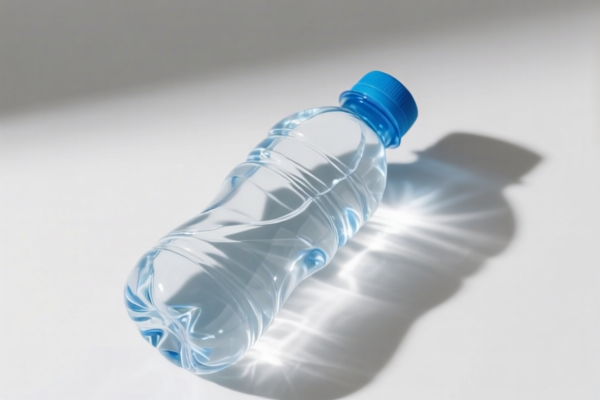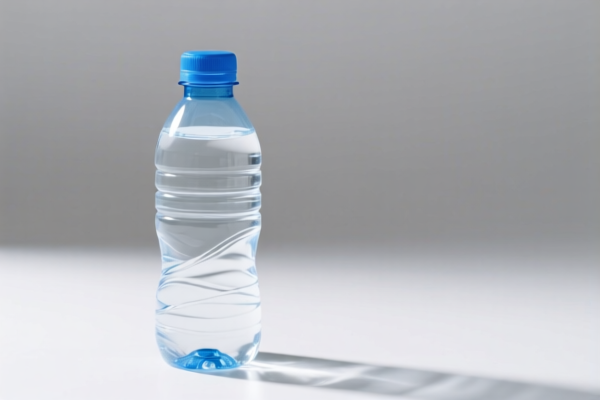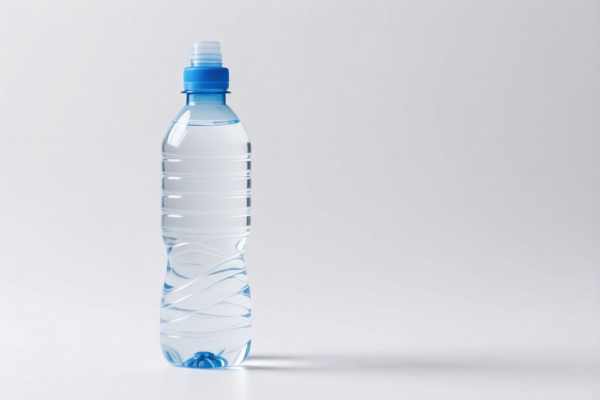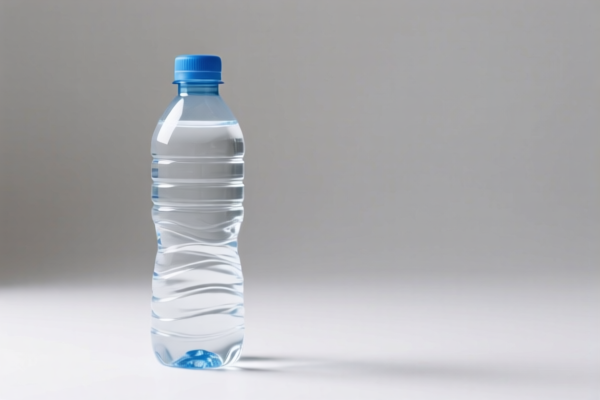| HS Code | Official Doc | Tariff Rate | Origin | Destination | Effective Date |
|---|---|---|---|---|---|
| 7010905005 | Doc | 55.0% | CN | US | 2025-05-12 |
| 7010905055 | Doc | 55.0% | CN | US | 2025-05-12 |
| 7013370500 | Doc | 50.0% | CN | US | 2025-05-12 |
| 7013492090 | Doc | 60.0% | CN | US | 2025-05-12 |
| 7020006000 | Doc | 60.0% | CN | US | 2025-05-12 |
| 7020003000 | Doc | 55.0% | CN | US | 2025-05-12 |
| 3923300090 | Doc | 58.0% | CN | US | 2025-05-12 |
| 3923500000 | Doc | 60.3% | CN | US | 2025-05-12 |
| 3924104000 | Doc | 33.4% | CN | US | 2025-05-12 |
| 3924102000 | Doc | 44.0% | CN | US | 2025-05-12 |
| 9506290080 | Doc | 37.5% | CN | US | 2025-05-12 |
| 9506910030 | Doc | 42.1% | CN | US | 2025-05-12 |
| 6909900000 | Doc | 59.0% | CN | US | 2025-05-12 |
| 6909195095 | Doc | 59.0% | CN | US | 2025-05-12 |
| 6914108000 | Doc | 64.0% | CN | US | 2025-05-12 |
| 6914908000 | Doc | 60.6% | CN | US | 2025-05-12 |
| 9617001000 | Doc | 37.2% | CN | US | 2025-05-12 |
| 9617003000 | Doc | 36.9% | CN | US | 2025-05-12 |
| 3926901600 | Doc | 40.6% | CN | US | 2025-05-12 |
| 3926909600 | Doc | 55.0% | CN | US | 2025-05-12 |




Cycling Water Bottle
A cycling water bottle is a specialized container designed for carrying fluids, primarily water, during cycling. They differ from standard water bottles in their ergonomics, materials, and features geared towards the demands of the sport.
Materials
Cycling water bottles are commonly constructed from the following materials:
- Plastic: The most prevalent material due to its lightweight nature and affordability. Common plastics include:
- Polyethylene (PE): Soft, squeezable bottles, often lower cost.
- Polypropylene (PP): More rigid and durable than PE, resistant to cracking.
- Tritan: BPA-free plastic known for clarity, durability, and resistance to stains and odors.
- Stainless Steel: Offers durability, insulation (keeping drinks cold or hot for longer), and a neutral taste. Heavier than plastic options.
- Carbon Fiber: Used in high-end bottles for minimal weight, often combined with an insulating inner liner.
Purpose & Function
The primary purpose is hydration during cycling. Key functions include:
- Fluid Containment: Securely holds water or other cycling-specific drinks (electrolyte solutions, energy drinks).
- Easy Access: Designed for quick and convenient drinking while riding, minimizing disruption.
- Ergonomic Design: Shape allows for easy gripping and removal from bottle cages.
- Flow Rate Control: Nozzles or valves control the rate and volume of liquid dispensed.
Usage Scenarios
- Road Cycling: Essential for long-distance rides, races, and training.
- Mountain Biking: Used for shorter, more intense rides, often with specialized cage mounting.
- Gravel Cycling: Adaptable for varied terrain, requiring secure bottle mounting.
- Commuting: For staying hydrated during daily rides.
- Indoor Cycling (Spinning): Used in classes and training sessions.
Common Types & Features
- Standard Bottle: Most common type, typically 500ml to 750ml capacity.
- Aero Bottle: Streamlined shape to reduce aerodynamic drag, often used in racing.
- Insulated Bottle: Double-walled construction to maintain drink temperature.
- Self-Sealing Bottle: Features a valve that automatically closes to prevent leaks when not drinking.
- Filter Bottle: Includes a filter to purify water from natural sources.
- Bottle Cages: Accessories used to securely mount bottles to the bicycle frame. Various designs exist to accommodate different bottle sizes and frame types.
- Nozzles: Different nozzle types include:
- Push-Pull Nozzle: Requires squeezing the bottle to dispense liquid.
- Self-Sealing Nozzle: Automatically closes after each sip.
- High-Flow Nozzle: Provides a faster flow rate for quick hydration.
Based on the provided information, a “cycling water bottle” can be classified under several HS codes, depending on its material. Here’s a breakdown:
-
3923300090: This code covers “Carboys, bottles, flasks and similar articles” made of plastics. If the cycling water bottle is constructed from plastic, this is a relevant classification. The two-digit sections mean:
- 39: Plastics and articles thereof.
- 23: Plastics articles for the conveyance or packing of goods.
- 30: Carboys, bottles, flasks and similar articles.
- 00: Other.
- 90: Other. The applicable tax rate is a base tariff of 3.0%, an additional tariff of 25.0%, and a tariff of 30.0% after April 2, 2025, resulting in a total tariff of 58.0%.
-
7010905005: This code covers “Carboys, bottles, flasks, jars, pots, vials, ampoules and other containers, of glass, of a kind used for the conveyance or packing of goods”. If the cycling water bottle is made of glass, this is a relevant classification. The two-digit sections mean:
- 70: Glass and glassware.
- 10: Carboys, bottles, flasks, jars, pots, vials, ampoules and other containers, of glass.
- 90: Other.
- 50: Other containers (with or without their closures) Of a capacity exceeding 1 liter: Having a mouth with an outer diameter of <38 mm.
- 05: Other. The applicable tax rate is a base tariff of 0.0%, an additional tariff of 25.0%, and a tariff of 30.0% after April 2, 2025, resulting in a total tariff of 55.0%.
-
7010905055: This code covers “Carboys, bottles, flasks, jars, pots, vials, ampoules and other containers, of glass, of a kind used for the conveyance or packing of goods”. If the cycling water bottle is made of glass, this is a relevant classification. The two-digit sections mean:
- 70: Glass and glassware.
- 10: Carboys, bottles, flasks, jars, pots, vials, ampoules and other containers, of glass.
- 90: Other.
- 50: Other containers (with or without their closures) Of a capacity not exceeding 0.118 liter.
- 55: Other. The applicable tax rate is a base tariff of 0.0%, an additional tariff of 25.0%, and a tariff of 30.0% after April 2, 2025, resulting in a total tariff of 55.0%.
-
9617001000: This code covers “Vacuum flasks and other vacuum vessels, complete; parts thereof other than glass inners: Vessels: Having a capacity not exceeding 1 liter”. If the cycling water bottle is a vacuum flask with a capacity not exceeding 1 liter, this is a relevant classification. The two-digit sections mean:
- 96: Miscellaneous manufactured articles.
- 17: Vacuum flasks and other vacuum vessels.
- 00: Vessels.
- 10: Having a capacity not exceeding 1 liter.
- 00: Other. The applicable tax rate is a base tariff of 7.2%, an additional tariff of 0.0%, and a tariff of 30.0% after April 2, 2025, resulting in a total tariff of 37.2%.
-
9617003000: This code covers “Vacuum flasks and other vacuum vessels, complete; parts thereof other than glass inners: Vessels: Having a capacity exceeding 1 liter but not exceeding 2 liters”. If the cycling water bottle is a vacuum flask with a capacity exceeding 1 liter but not exceeding 2 liters, this is a relevant classification. The two-digit sections mean:
- 96: Miscellaneous manufactured articles.
- 17: Vacuum flasks and other vacuum vessels.
- 00: Vessels.
- 30: Having a capacity exceeding 1 liter but not exceeding 2 liters.
- 00: Other. The applicable tax rate is a base tariff of 6.9%, an additional tariff of 0.0%, and a tariff of 30.0% after April 2, 2025, resulting in a total tariff of 36.9%.
Customer Reviews
I needed to know the HS code for a stainless steel cycling bottle, and the breakdown of the materials and codes made it easy to find the right one.
The explanation of the 7010905005 code for glass cycling bottles was clear and helped me finalize my product classification.
The details on the 3926901600 code for plastic bottles were very helpful. I was able to understand the tariff rate and how it applies to my product.
The page has a lot of useful data, but I found it a bit overwhelming. Maybe a list of the most common HS codes would help new users like me.
I was looking for the tariff rate for 9617003000, and this page had all the details I needed for my vacuum flask export.